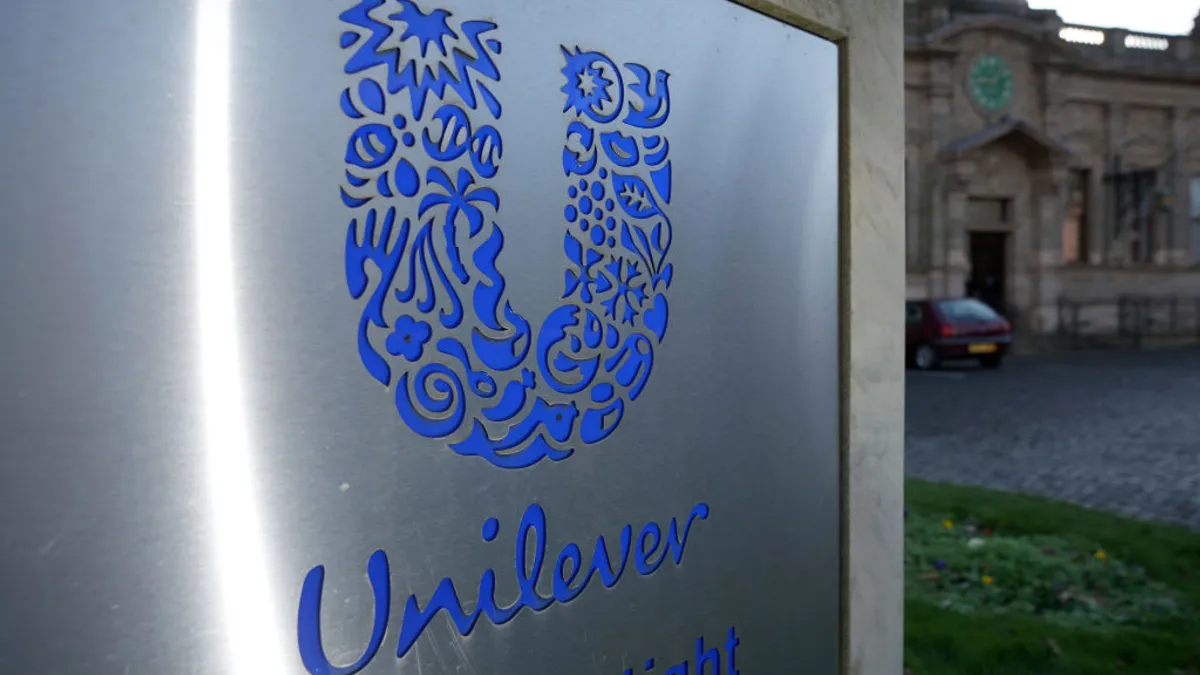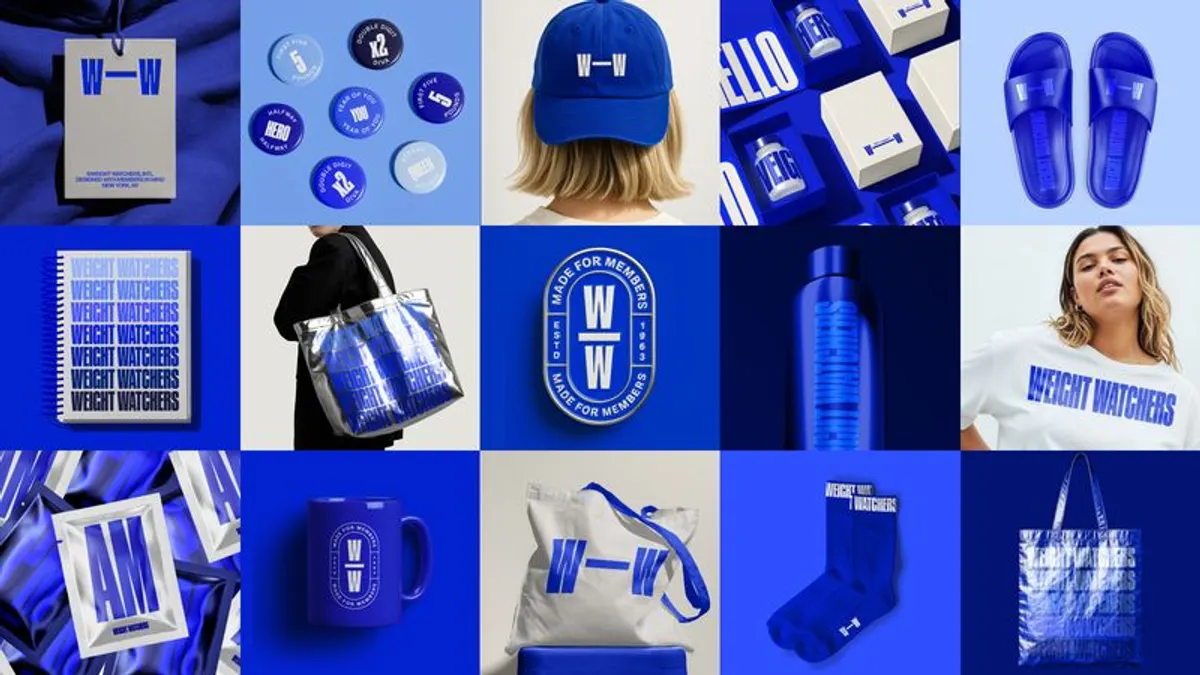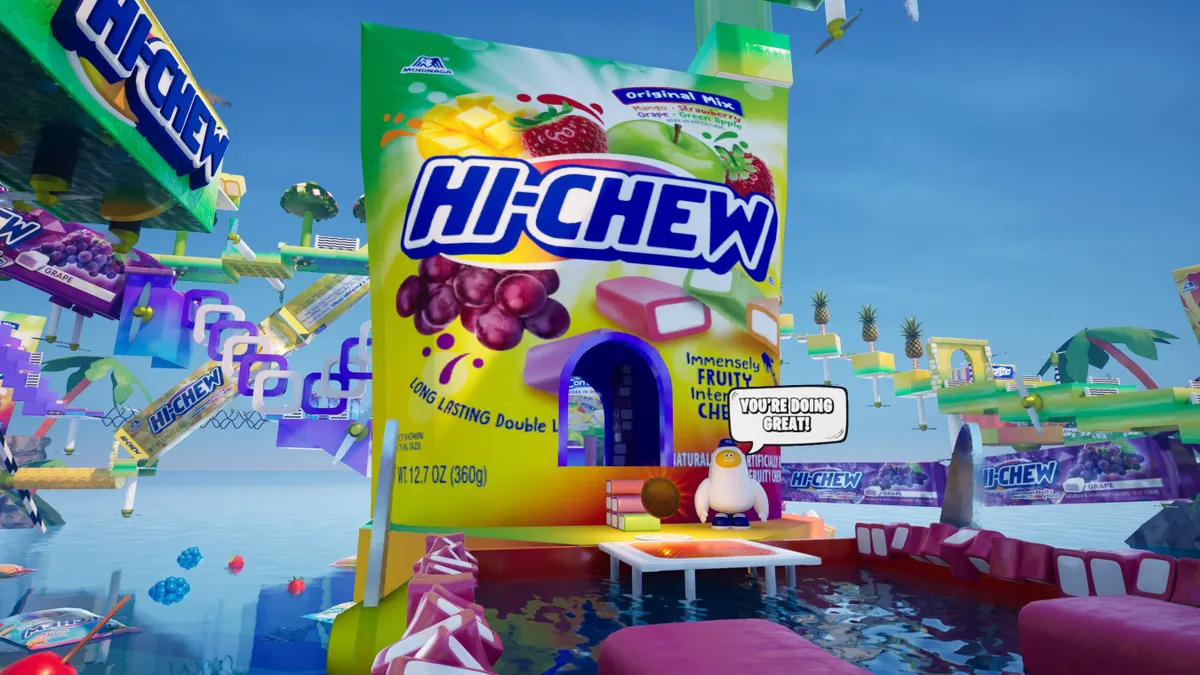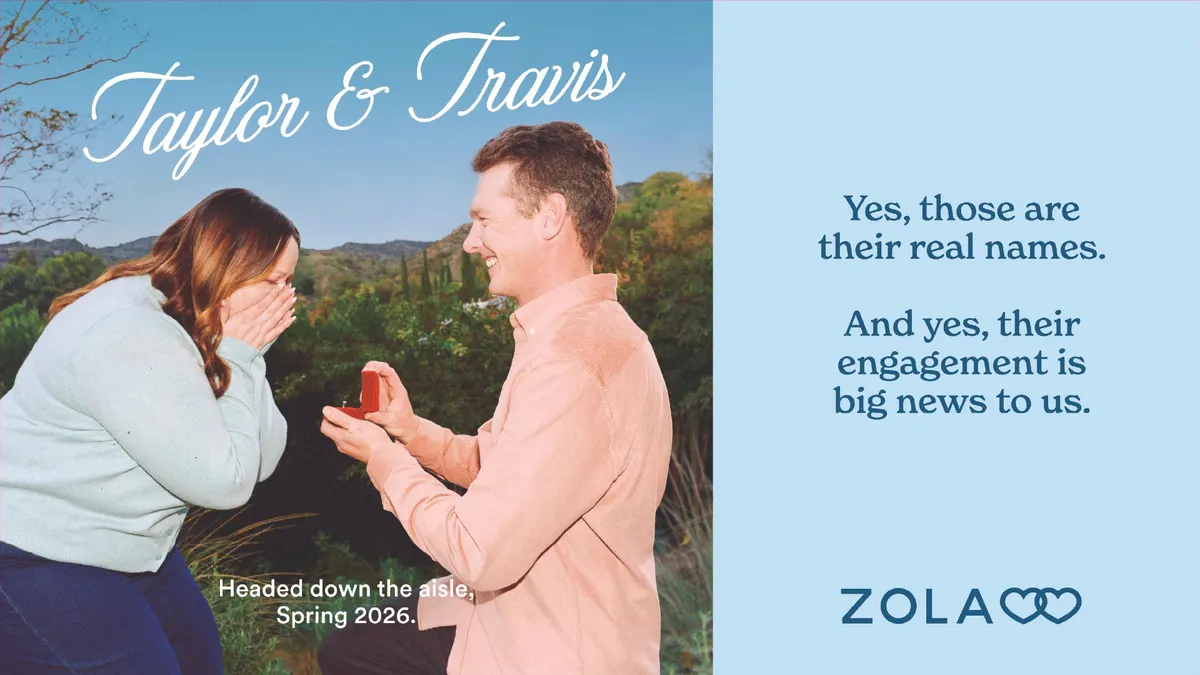NEW YORK — Innovation can be a tough nut for legacy marketers to crack in the best of times. Following years marked by unrest, that challenge has risen while the need to realize exciting new products has been amplified by shifting consumer trends, including the emergence of Gen Z.
Speaking at Advertising Week New York on Thursday, executives from Ford Motor Company and Edgewell Personal Care discussed navigating the pressures of innovating under an environment of constraints, with an emphasis on contingency planning for each step of what are often yearslong development processes. The discussion came as price hikes driven by inflation have impacted the CPG industry while auto companies are grappling with the United Auto Workers strike, which recently led Ford to lay off workers.
“We see constraints in terms of how we can price something where we make it worth launching a product. There are constraints in terms of whether we’re really meeting a unique consumer need,” said Camilla Medeiros, vice president of global innovation and insights at Edgewell, a company that markets brands including Schick, Playtex and Banana Boat sunscreen.
“More recently, the constraints have actually been compounded,” added Medeiros.
Uncovering wins
Some constraints, like the pandemic, have led marketers to look abroad for their next big thing. Edgewell recently ported over the concept of “dermaplaning,” which is popular in Asian countries like Korea, through its Schick Hydro Silk Touch-Up product. Dermaplaning usually involves using a single small razor to remove hair and exfoliate skin. Medeiros attributed its bump in interest in the U.S. to the pandemic, when many people had to spend more time staring at their faces lit up on screens.
“That innovation didn’t exist here in the U.S. until a few years ago and it's really taken off,” said Medeiros. “We’ve been able to scale it based on a trend that we saw and a consumer need that we started to see emerge in the U.S., especially with COVID.”
Emergent media channels can also be a blessing and a curse. Shopping trends driven by TikTok have accelerated the pace of research and development, putting a strain on marketers, The Wall Street Journal previously reported. But a hit TikTok campaign can lead a product to fly off store shelves, as was the case with a Schick Hydro Silk Sugar Wax Roller. The at-home hot wax offering was another idea born out of the pandemic, recognizing that many salons were closed, and was promoted through entertaining and instructional TikTok videos.
“We launched in 12 months or so, maybe even less,” said Medeiros. “We sold out through all of our retail channels [including Walmart and Target]. That was a fun, unexpected innovation. We tapped into a need and the timing was good, but we were really amazed about the consumer change in behavior.”
Accepting failure
A frequent point brought up during the talk was the willingness to accept that many innovative concepts won’t pan out. But the ability to welcome risk varies by vertical. CPGs that move low-priced products on a regular basis sit in a different position than car companies, whose vehicles are often the second-most expensive purchase consumers make behind homes.
“It often takes five years to get from concept to tires on the road,” said Jennifer Brace, chief futurist at Ford. “When it comes to taking big risks, by the time our products are getting to the market, they don’t feel like risks because there's been so much research that goes into it.”
Both brand representatives emphasized that their teams need to think years in advance and remind other departments to not put all their eggs in one basket. Contingency planning involves devising not just plan Bs, but also plan Cs and Ds for when things take a turn.
“We like to call ourselves the polite contrarians. Sometimes we kind of rain on their parade,” said Brace.
Edgewell addresses the constraint factor by following a “fewer, bigger, better” ethos, Medeiros explained. Each year, the company receives a fixed budget around advertising and promotional spend and must prioritize the areas that are going to drive growth. Making those allocations, or feeding “all of the hungry mouths,” as Medeiros termed it, is complicated by the CPG’s complex relationship with retailers.
“It sounds easy — fewer, bigger, better innovations — but they’re not necessarily always panning out that way because there are very disparate needs at the retailer, at the consumer and at the market level,” said Medeiros.
Fending off disruption
Beyond exterior influences, like the economy, legacy marketers also have to fend off disruptors. Direct-to-consumer (DTC) upstarts like Harry’s and Dollar Shave Club upended the male shaving segment well before COVID, and continue to eat into market share for brands like Edgewell’s Schick and Procter & Gamble’s Gillette (Edgewell made a bid to buy Harry’s in 2019 but was blocked a year later by the Federal Trade Commission, while Unilever has owned Dollar Shave Club since 2016). Meanwhile, Ford has accelerated its bets on electric vehicles due to the encroaching popularity of Tesla.
“All the categories that we compete in have been disrupted at different points in time and different degrees. We’ve learned you can’t beat them,” said Medeiros. “Gillette couldn’t beat Dollar Shave Club or Harry's, and P&G has deep pockets and resources to really shut a lot of things down.”
Still, Medeiros sees legacy CPG brands and DTCs as having the potential to develop complementary relationships. While DTCs are well-attuned to standing up the types of digital business models that young consumers find appealing, they lack the knowledge and connections needed to crack into brick-and-mortar retail in many instances. Edgewell successfully acquired Billie, a women’s shaving line, in 2021 for $310 million.
“You just have to learn to compete with them or you acquire them,” said Medeiros of DTCs.





















